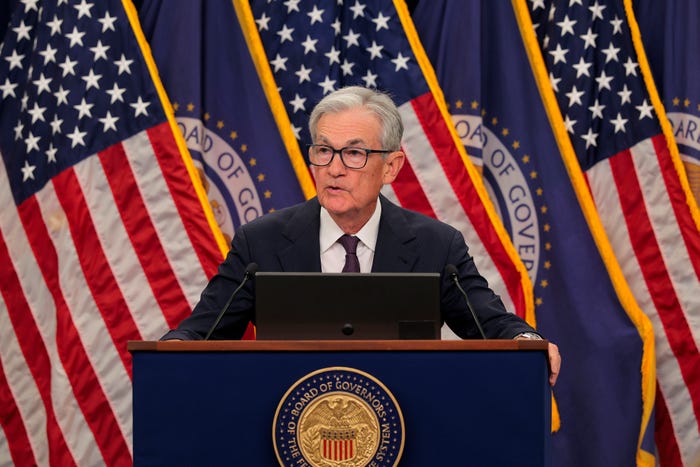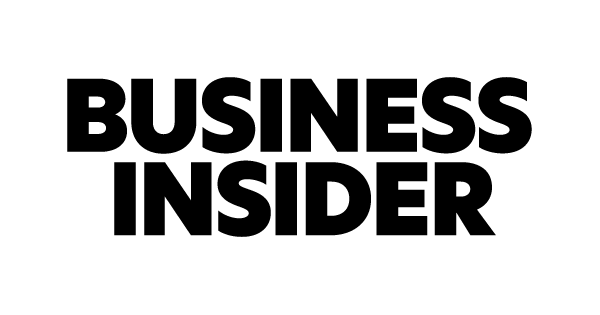UPDATE: The Federal Reserve is poised to announce an interest rate cut this week despite the ongoing government shutdown, which has left key economic data in limbo. The Federal Open Market Committee is expected to deliver a quarter-point reduction on October 3, 2023, which would mark the second cut of the year.
With a staggering 98% probability projected by CME FedWatch, this decision comes as the Bureau of Labor Statistics has been unable to publish critical jobs and inflation data due to the budget impasse in Congress. The shutdown has raised questions about the overall health of the U.S. economy, leaving Fed leaders with limited information to guide their decision-making.
Despite these unusual circumstances, Fed Chair Jerome Powell is expected to move forward with the rate cut, following a summer characterized by sluggish job growth and a slight uptick in unemployment. Inflation, currently at 3%, remains above the Fed’s target of 2%, complicating the central bank’s dual mandate.
The Fed’s decision comes at a critical time for consumers. Lower interest rates could significantly reduce borrowing costs for mortgages, auto loans, and credit cards, providing much-needed relief to American households. Financial analyst Stephen Kates from Bankrate emphasizes that even in the absence of comprehensive data, the Fed’s inclination to ease rates reflects concerns over labor market deterioration.
“Even if we got slightly higher inflation, the Federal Reserve had made it relatively clear that they were more comfortable with the level of inflation that we’ve had relative to now the deterioration in the labor market,” Kates noted.
Pre-shutdown trends indicate that job openings are declining, and unemployment rates are creeping up, suggesting a mismatch between available jobs and job seekers. Powell previously commented on the unusual slowdown in both labor supply and demand, hinting at the need for a less restrictive monetary policy.
Consumer sentiment has also taken a hit, with key indicators showing that Americans are feeling the pinch of rising prices and a shaky job market, which could result in reduced spending. A rate cut could stimulate economic activity, but not all members of the Federal Reserve agree on the extent of cuts needed. Some have called for a more aggressive approach, with one member suggesting a reduction of 1.25% by year-end.
Former President Donald Trump has vocally supported further rate cuts, criticizing Powell as an “OBSTRUCTIONIST” in a recent post on Truth Social. As the Fed prepares to act, the impact on consumers could be significant.
Borrowers could benefit from lower rates on 30-year fixed mortgages, two-year auto loans, and credit cards, although the effects may take time to materialize. Kates warns, however, that high-yield savings account holders may see their interest earnings decline as rates adjust.
As the Fed gears up for its announcement, all eyes will be on how these decisions will shape the financial landscape for millions of Americans. With the economy at a crossroads amid government shutdowns and fluctuating indicators, this week’s meeting could set the tone for the remainder of the year.







